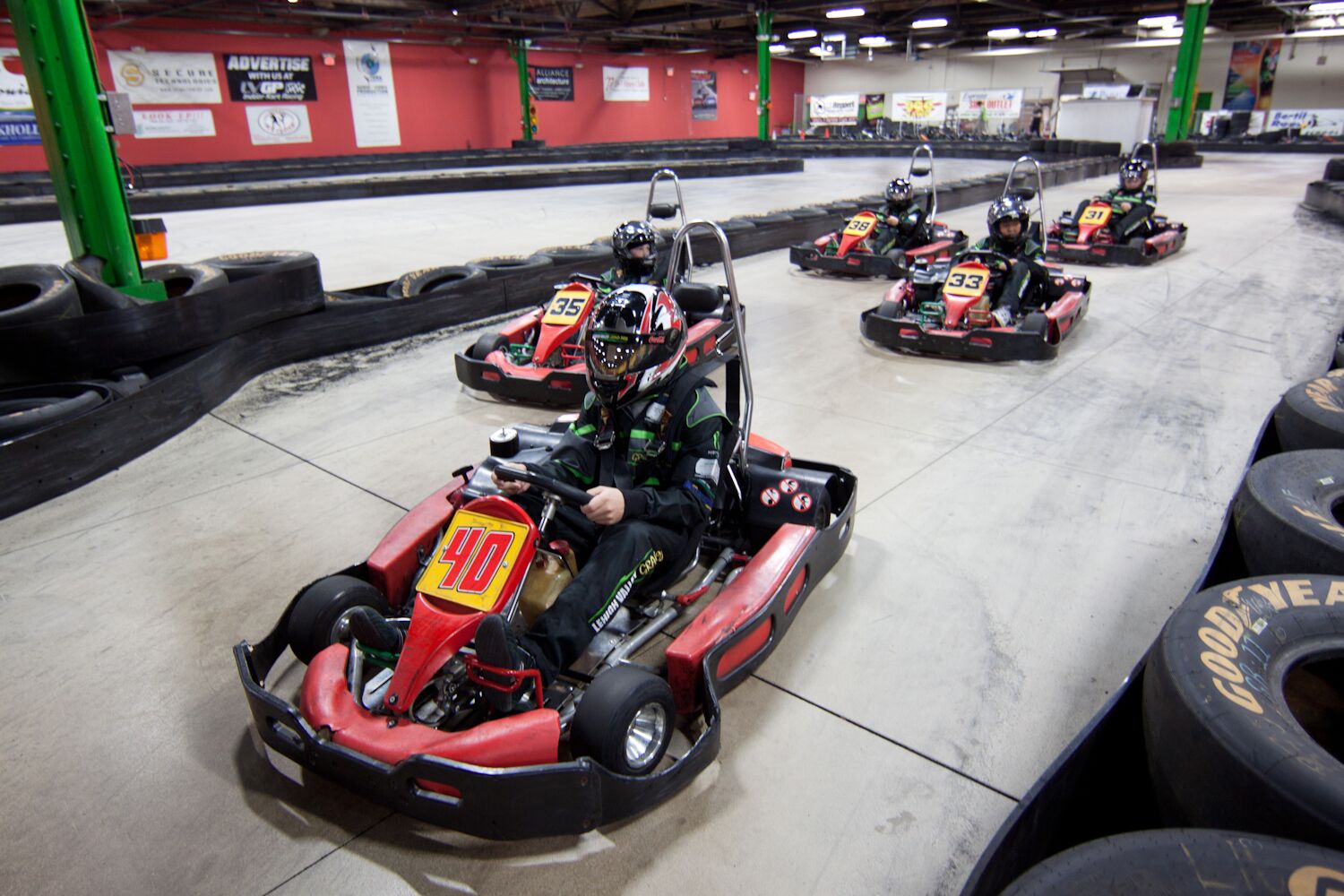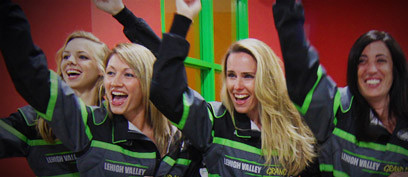January 9, 2018
Human Factors Part 1: Reaction Time In Racing

Today we are taking a more scientific approach to the side of speed, driver reaction time, and Reaction Time Components.
Reaction Time In Racing
Reaction time in racing can be a complicated subject, yet are very important. In an excerpt from Dr. Marc Green in his assessment of the Human Factors “…In many cases, the speed with which a person can respond, “reaction time,” is the key to assigning liability. It is common practice for accident reconstructionists simply to use a standard reaction time number, such as 1.5 seconds, when analyzing a case. In fact, reaction time is a complicated behavior and is affected by a large number of variables. There can be no single number that applies universally. Reaction time is a surprisingly complex topic. Unfortunately, most “experts” used canned numbers without a good appreciation for where the numbers originate, how they were obtained or the variables that affect them for racing reaction times. Moreover, there are several distinct classes of reaction time, each with somewhat different properties. In this article, I briefly describe some keys issues. The discussion focuses primarily on driver reaction time.”
The Science Behind It
Reaction Time in Racing are determined anywhere from tenths to one hundredths of a second. This is due to the overwhelming speed racers can attain throughout the course of race. With other variable being taken into consideration, other drivers, debris on the track, and possible communication with your crew. These variables all distress the brain and take focus away from the determined reaction time. Reaction time components are:
- Mental Processing Time
- Sensation
- Perception/ Recognition
- Situational Awareness
- Response Selection and Programming
- Movement Time
- Device Response Time
- Reaction Distance
- Brake Engagement Distance
- Physical Force Distance
Looking at LVGP
At LVGP, these factors are minimized by government of speed and track safety officials. They maintain a safe environment so that reaction speed can be controlled to a variable that is much more appropriate to driving safe and securely. However, to react on the LVGP track when racing is still utilizing all brain and nerve components to react as quickly as possible. This is training your reaction speed to operate acutely when passing, turning, braking, or avoiding other racers. Another great example is the amplification of this in the professional circuit. They are going 150-200mph so their reaction times vs a normally trained brain should be much quicker in response.
In our next blog we will breakdown the reaction time formula to discuss the distance covered at the point of recognition to brake and the gravitational force when you come to a complete stop.
Source: http://www.visualexpert.com/Resources/reactiontime.html , Marc Green, PHD, ‘’Human Factors, Driver Reaction Time’’
 Social Events
Social Events-
Race Hours Monday 2pm-10pm Tuesday-Thursday 2pm-9pm Friday 2pm-10pm Saturday 12pm-10pm Sunday 12pm-7pm Octane Hours Monday 5pm-10pm Tuesday-Thursday 5pm-9pm Friday 4pm to 10pm Saturday 12pm to 10pm Sunday 12pm to 7pm Axe Throwing Hours Monday, Tuesday, Wednesday & Thursday Available for Private Events Friday 4pm to 10pm Saturday 2pm to 10pm Sunday 12pm to 7pm View Our Event Calendar